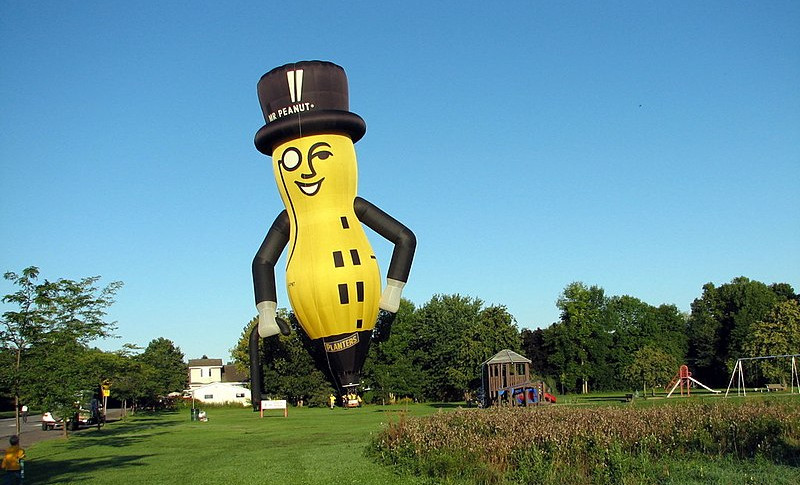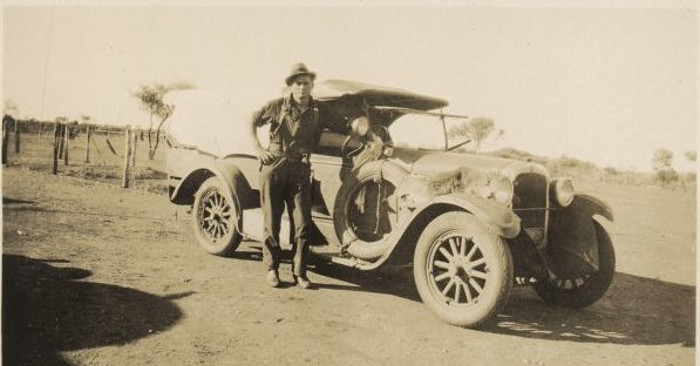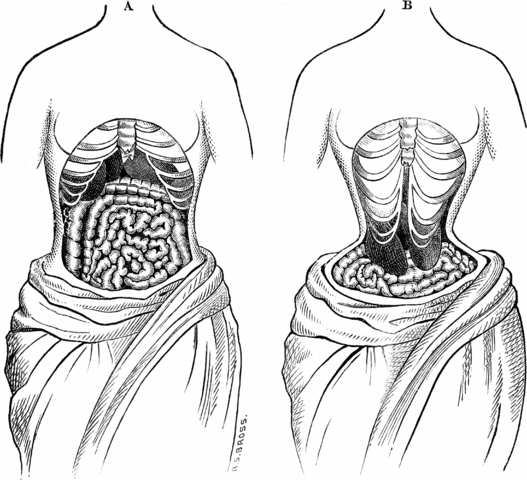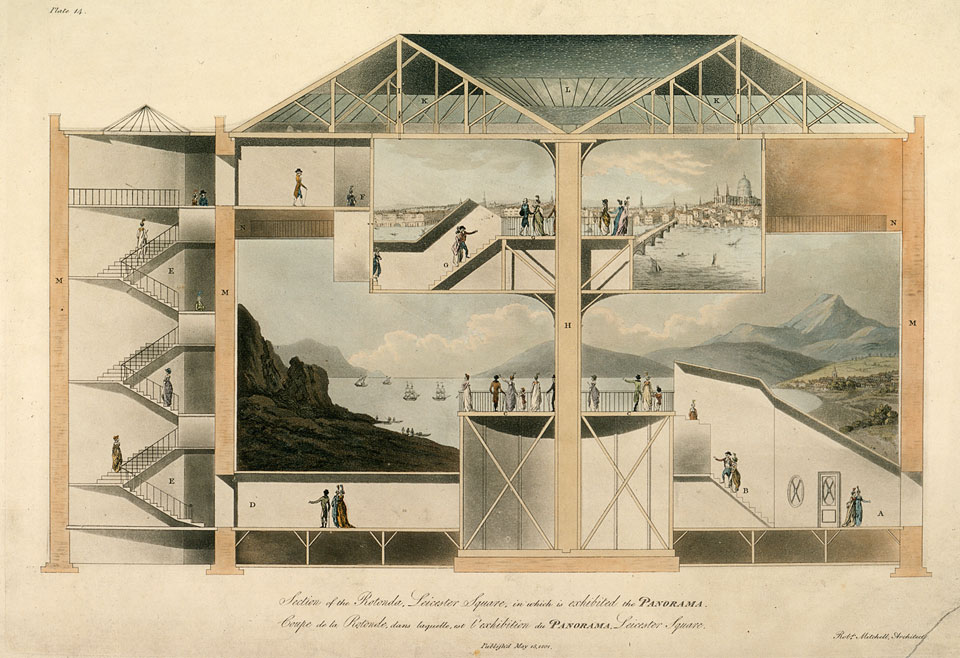Why do we enjoy sad fiction? In 2009 Boston College psychologist Thalia Goldstein asked 59 subjects to rate the sadness and anxiety they felt in response to four film clips (two presented as fictional, two as factual) and to their own memory of a sad event they’d experienced personally. While they reported equivalent levels of sadness in response to all these things, their anxiety level was significantly higher when recalling their own experience.
“Apparently we do not mind experiencing intense sadness if that sadness is not tinged with anxiety,” Goldstein writes. Indeed, that might make it more cathartic. And because we know that we can walk away from a fictional sadness, we may feel safer suspending our disbelief to explore and understand our feelings deeply.
(Thalia R. Goldstein, “The Pleasure of Unadulterated Sadness: Experiencing Sorrow in Fiction, Nonfiction, and in Person,” Psychology of Aesthetics, Creativity, and the Arts 3:4 [2009], 232.)





